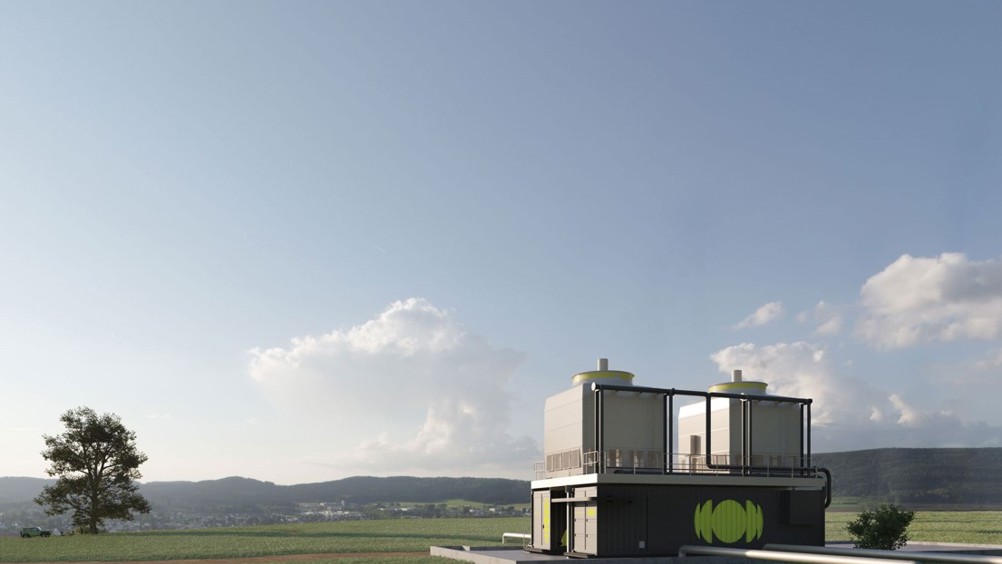The UK firm on a mission to shake up direct air capture technology
Direct air capture firm Mission Zero Technologies raised more than £20m in 2024. Andrew Wade visited the London startup to find out how it’s breaking new ground.

For anyone who has been (very understandably) avoiding the news of late, humanity’s battle against climate collapse isn’t going so well. Aided by El Nino, 2024 was the hottest year on record, with average temperatures on Earth pushing 1.5°C above pre-industrial levels for the first time. Meanwhile, global emissions continued to grow, even with the rapid expansion of renewables.
At times like these, hope is a precious commodity. One company in the marketplace is Mission Zero Technologies (MZT), a London-headquartered startup looking to shake up direct air capture (DAC), the process of removing CO2 from the atmosphere.
Not to be confused with CCS (carbon capture and storage), DAC extracts historical CO2 from the air rather than capturing emissions as fossil fuels are burnt. As we’re currently on track to massively overshoot the Paris Agreement targets – see the untimely death of 1.5°C above – it’s widely agreed that DAC is vital to stabilise atmospheric CO2 levels as the century progresses. But for that to happen, new methods of monetising CO2 need to evolve, allowing the technology to scale commercially.
Register now to continue reading
Thanks for visiting The Engineer. You’ve now reached your monthly limit of premium content. Register for free to unlock unlimited access to all of our premium content, as well as the latest technology news, industry opinion and special reports.
Benefits of registering
-
In-depth insights and coverage of key emerging trends
-
Unrestricted access to special reports throughout the year
-
Daily technology news delivered straight to your inbox











UK Automotive Feeling The Pinch Of Skills Shortage
Not so much attracting skills to the UK but generating skills within the UK is what is needed! That statement suggest they are in effect wanting to...